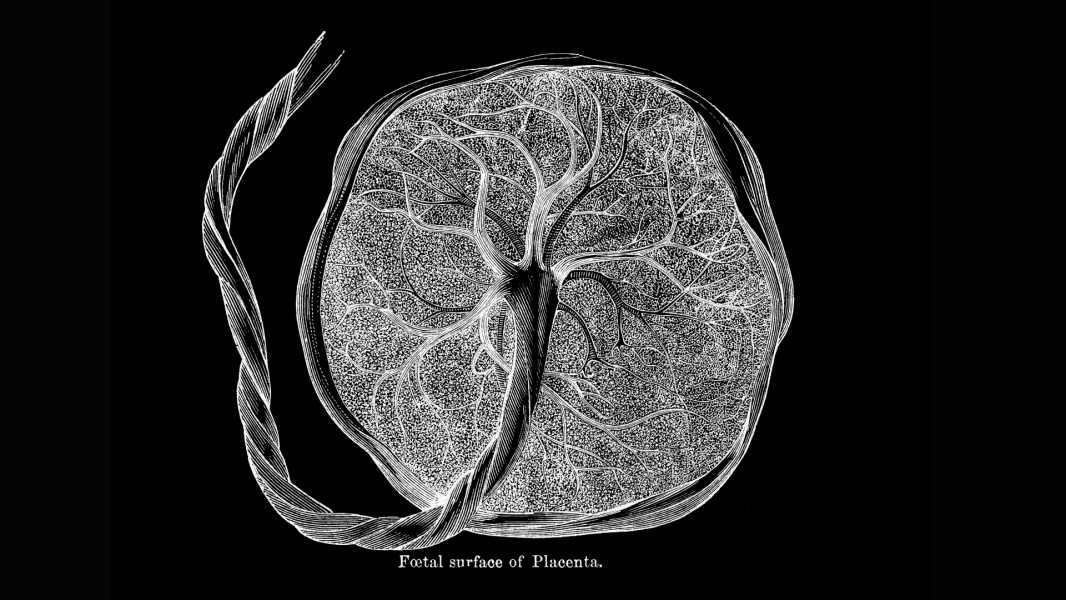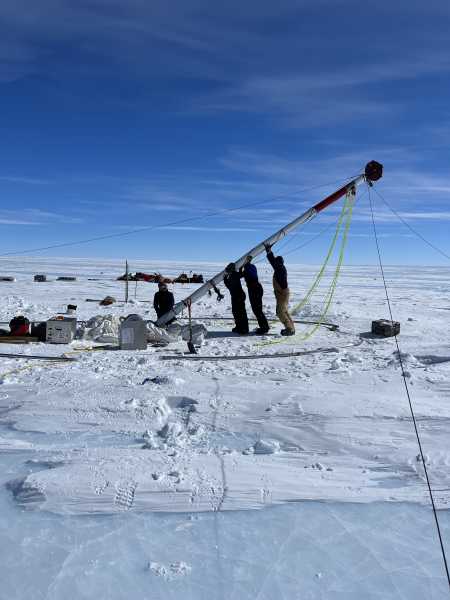
The bond between mother and child, via the placenta, has become intense in our species over the course of evolution. (Image credit: mikroman6/Getty Images)
In this adapted excerpt from Life Without End: A History of Eggs, Evolution, and Life on Earth (Pegasus Books, 2024), author Jules Howard looks at the invasiveness of the placenta—how deeply it penetrates the uterine wall and uterine tissue—in mammals after the asteroid strike that wiped out the dinosaurs.
Although not documented in the fossil record, the diversity of placentas in modern mammals suggests that some 10 or 20 million years after the end of the Cretaceous, when the Messel Quarry animals lived, the mammalian placenta underwent changes. Natural selection adapted the organ.
In most cases, this was a selection of individual placentas that could extract the maximum amount of energy from the mother's body. However, paradoxically, in some lineages, the placenta seems to have become less invasive. Analyzing data from 60 mammal species, a clear trend emerges.
When the invasiveness of each placenta (as measured in part by the number of blood-collecting papillae on the placenta) is weighed against important aspects of the life cycle, such as the time it takes for a species to mature and the number of offspring a species can produce each year, the less invasive placentas in mammals are those associated with a faster pace of life.
In other words, species with a rapid life cycle and early mortality ultimately develop a less invasive placenta.
Brain size is another indicator that is closely related to placental invasiveness. Not only the size of the brain relative to the body, but also the rate of its growth before birth. Both aspects correlate with a particularly invasive placenta. The principle is simple: the larger the mammalian brain becomes, the more selective pressure the placenta experiences to obtain energy for embryonic growth, which in turn stimulates the evolution of a more demanding placenta.
In general, mammals have larger brains than other organisms of similar size, but this has not always been a characteristic of our species. The process appears to have occurred gradually, following the extinction of the dinosaurs and as the Cenozoic Era (66 million years ago to the present) progressed. It was originally thought that the relative increase in brain size was simply a side effect of the evolution of larger body size in mammals, but recent studies (using 3D models of fossil mammal skulls) have tested this assumption more rigorously.
At first, mammal body size seemed to increase in the 10 million years following the era-ending meteorite impact, and so did brain size. But then, as seen in fossil finds like Messel, brain size in certain lineages grew faster than expected relative to body size. In some mammal lineages, the brain got a metaphorical “shot” in the arm. So why? If both mother and fetus require more resources, especially in the embryonic stage, what good are bigger brains?
The researchers who first made this observation about mammal brain size by comparing 3-D models of fossil skulls believe that the trend arose as a result of competition. In the early days, without dinosaurs and other large land animals, resources like plants and insects were readily available and competition between individuals was low. In such an environment, having an energy-intensive brain made little sense.
Later, however, as mammals began to diversify and become stronger—as competition for niches, food, and resources increased—smarter individuals became relatively more successful in some species. In terms of gene transmission, larger brains became beneficial, and larger, more efficient brains began to evolve in some lineages. In some groups of mammals today, such as dolphins,
Sourse: www.livescience.com





